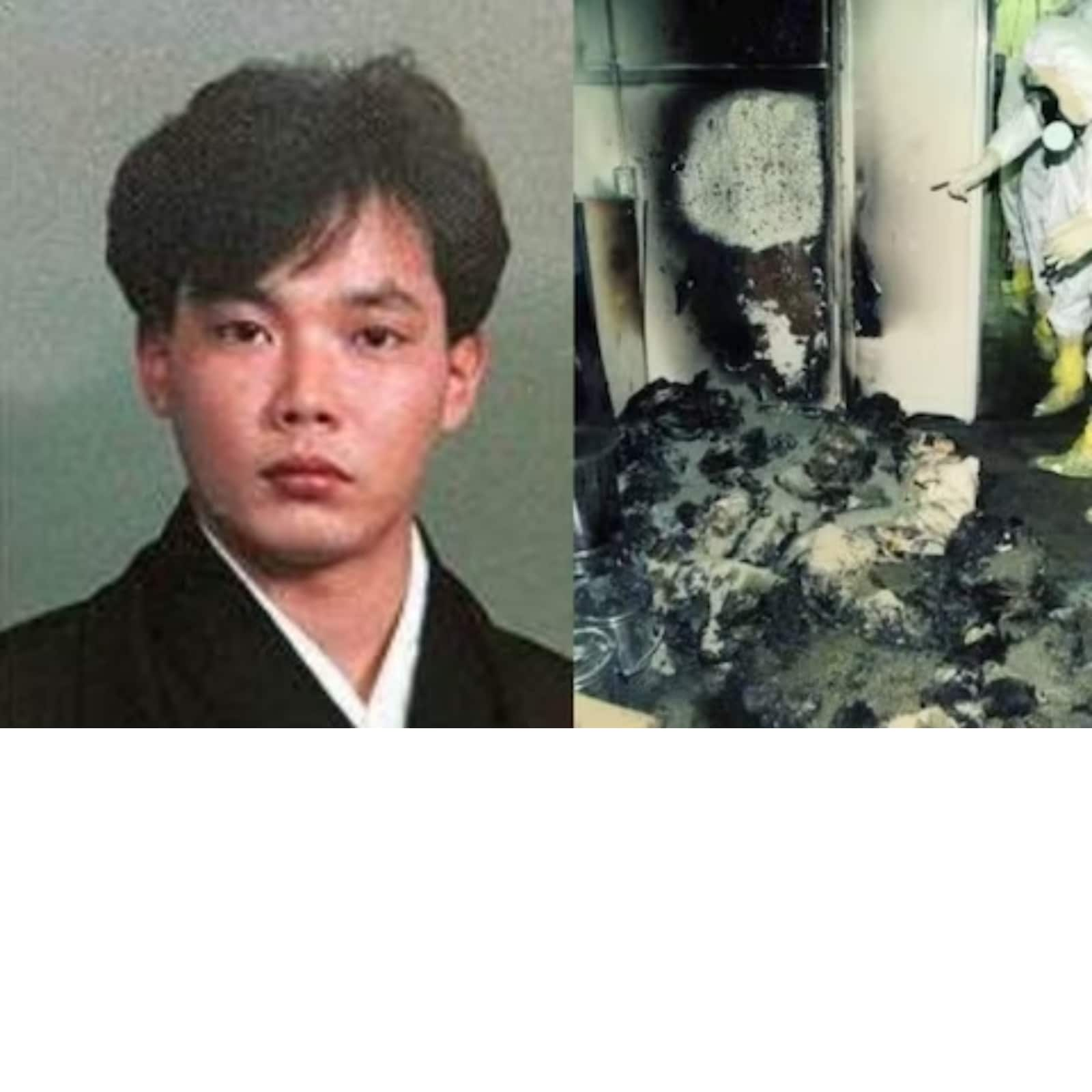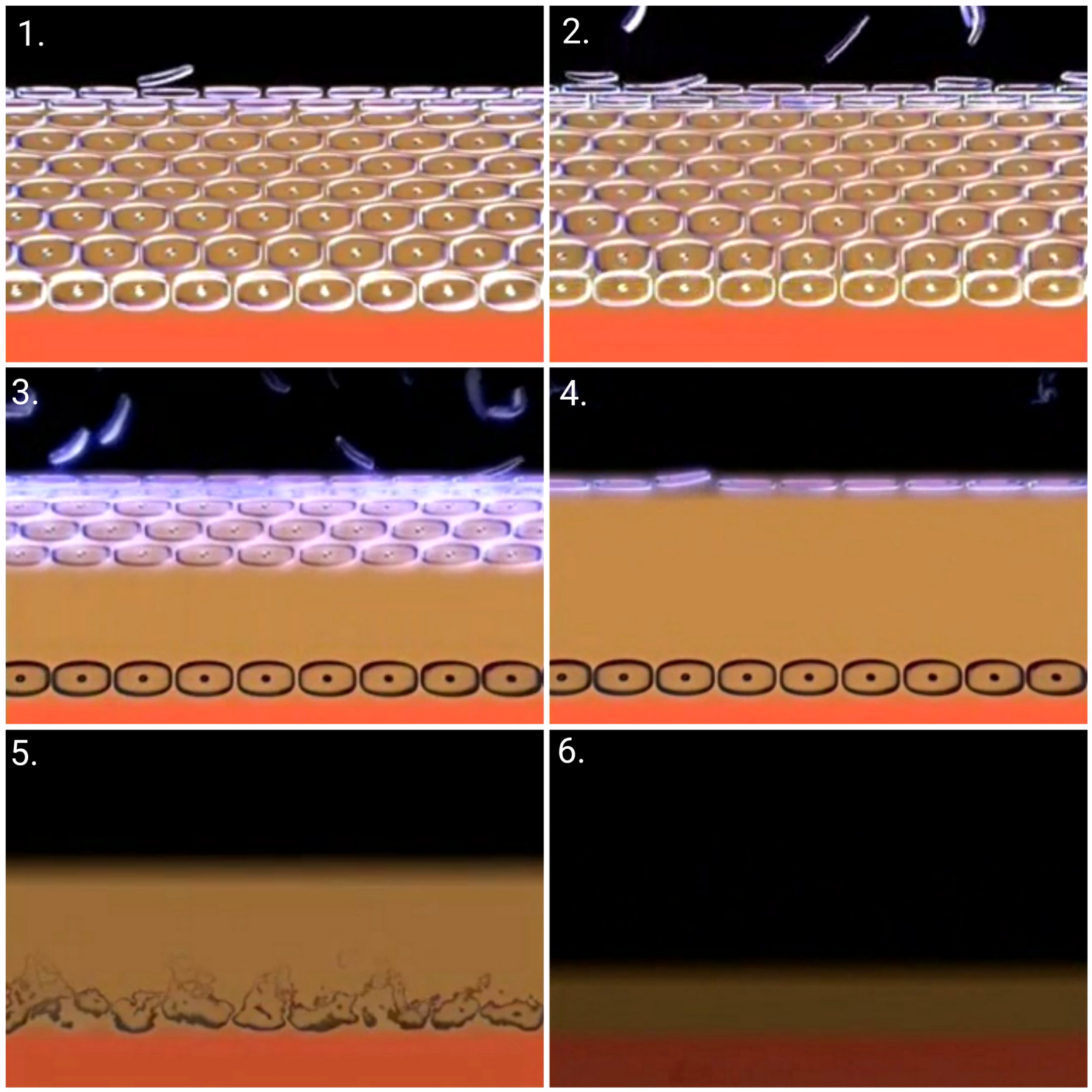Exploring Hisashi Ouchi: The Tragic Story Behind The Photos
Ever wondered about the stories behind those haunting images that linger in our minds? Well, today we're diving deep into one of the most tragic tales ever captured on film – the story of Hisashi Ouchi. It's not just a story; it's a lesson, a warning, and a reminder of the price we pay for our advancements. So grab a seat, and let's unravel this heartbreaking journey together.
When you think of tragedy, you might picture war zones or natural disasters. But sometimes, the most chilling stories come from places you'd least expect. Hisashi Ouchi's name might not be a household word, but his story is one that resonates with anyone who's ever questioned the safety of nuclear technology. This isn't just a tale of one man; it's a global wake-up call.
You might've seen those iconic images – the burns, the scars, and the suffering. But do you know the man behind them? Hisashi Ouchi's story is more than just a photojournalist's dream or nightmare; it's a real-life event that changed how we view nuclear safety forever. Let's take a closer look at what happened and why it still matters today.
- Hot Desi Videos Clips Explore The Best Now
- Filmyflynet Hollywood Your Ultimate Destination For Hollywood Entertainment
Understanding the Man: Who Was Hisashi Ouchi?
Let's break it down. Hisashi Ouchi wasn't just another guy working at a nuclear plant. He was a family man, a worker, and a symbol of the risks people face every day in industries we often take for granted. His story begins like any other, but it ends in a way that shocks even the toughest hearts.
Hisashi Ouchi worked at the Tokaimura nuclear plant in Japan, a place where science meets danger every single day. On September 30, 1999, everything changed. A criticality accident occurred, and Hisashi was at the center of it all. The radiation exposure he endured was unlike anything seen in modern history.
But who was he, really? Let's take a step back and understand the man before the tragedy. He was a father, a husband, and a regular guy doing his job. His story isn't just about the science; it's about the human side of it all.
- Flawless Nude Videos The Rise Of Digital Divas And Their Impact On Modern Media
- Aagmaalgives A Deep Dive Alternatives Your Ultimate Guide To Exploring The Best Options
Biography of Hisashi Ouchi
Here's a quick rundown of Hisashi Ouchi's life before the incident:
| Full Name | Hisashi Ouchi |
|---|---|
| Date of Birth | March 24, 1968 |
| Place of Birth | Tokai, Japan |
| Occupation | Worker at JCO nuclear plant |
| Marital Status | Married with children |
See, Hisashi wasn't just a statistic or a name in a report. He was a real person with dreams, fears, and a family who loved him. Understanding his background makes the tragedy even more real.
The Incident: What Happened at Tokaimura?
Alright, so let's talk about the elephant in the room – the accident itself. On that fateful day in 1999, a criticality accident occurred at the JCO plant in Tokaimura. It's not something you hear about every day, but it's one of the most dangerous events that can happen in a nuclear facility.
For those who don't know, a criticality accident happens when there's an uncontrolled nuclear chain reaction. In simple terms, it's like setting off a nuclear bomb, but on a smaller scale. And guess what? Hisashi was right in the middle of it.
Here's the timeline of events:
- September 30, 1999 – Workers mix uranium fuel in a precipitation tank.
- Due to a miscalculation, the uranium reaches critical mass, triggering a chain reaction.
- Hisashi and two other workers are exposed to lethal doses of radiation.
It's not just numbers and dates; it's a story of human error and the consequences that follow. Hisashi's exposure was so severe that it changed medical history forever.
The Aftermath: A Medical Marvel or a Tragedy?
So, what happened after the accident? Hisashi was rushed to the hospital, where doctors faced an unprecedented challenge. The level of radiation he absorbed was so high that it destroyed his body from the inside out. His bone marrow was obliterated, his organs were failing, and his skin was literally falling off.
Doctors tried everything – blood transfusions, skin grafts, and even experimental treatments. But Hisashi's body was beyond repair. He clung to life for 83 days, enduring unimaginable pain and suffering. It was a medical marvel in terms of treatment, but a tragedy in every other sense.
And let's not forget the photos. Those haunting images of Hisashi's burns and scars became symbols of the dangers of nuclear technology. They're not easy to look at, but they tell a story that words alone can't convey.
Global Impact: Lessons Learned from Hisashi's Tragedy
Now, here's the kicker – Hisashi's story didn't end with his passing. It sparked a global conversation about nuclear safety, regulations, and the human cost of scientific progress. Governments, organizations, and individuals around the world took notice.
One of the biggest changes came in the form of stricter safety regulations. The International Atomic Energy Agency (IAEA) revised its guidelines, ensuring that accidents like Tokaimura never happen again. But was it enough?
Here are some key takeaways from Hisashi's tragedy:
- Human error can have catastrophic consequences.
- Proper training and safety measures are non-negotiable.
- The cost of nuclear accidents extends far beyond the immediate victims.
It's not just about the numbers or the policies; it's about the people. Hisashi's story reminds us that behind every statistic, there's a human being with a family, dreams, and a future cut short.
Public Reaction: How the World Responded
When news of the Tokaimura accident broke, the world was horrified. The media covered it extensively, and the photos of Hisashi's suffering became iconic symbols of the dangers of nuclear technology. But it wasn't just shock; it was a call to action.
Protests erupted in Japan and around the world, demanding better safety measures and accountability. People questioned the necessity of nuclear power and the risks it posed to humanity. Hisashi's story wasn't just a tragedy; it was a catalyst for change.
And let's not forget the impact on Hisashi's family. They had to live with the loss of a loved one and the knowledge that his suffering could've been prevented. It's a reminder that the human cost of such incidents is immeasurable.
Scientific Perspective: The Science Behind the Accident
Let's talk science for a moment. What exactly caused the accident, and why was it so deadly? It all comes down to criticality – the point at which a nuclear chain reaction becomes self-sustaining. When the workers at JCO miscalculated the amount of uranium in the precipitation tank, they inadvertently triggered a chain reaction that exposed them to lethal doses of radiation.
Here's the science in a nutshell:
- Uranium-235 is a fissile isotope that can sustain a chain reaction.
- When the uranium reached critical mass, it emitted deadly gamma and neutron radiation.
- Hisashi absorbed over 17 sieverts of radiation, far exceeding the lethal dose.
It's not just about the numbers; it's about the science behind them. Understanding how the accident happened is crucial to preventing similar incidents in the future.
Medical Challenges: Treating the Untreatable
When Hisashi arrived at the hospital, doctors faced an unprecedented challenge. The level of radiation he absorbed was so high that it destroyed his body's ability to heal itself. His bone marrow was obliterated, his immune system was compromised, and his organs were failing.
Here's how doctors tried to save him:
- Bone marrow transplants to replace his destroyed marrow.
- Experimental treatments to boost his immune system.
- Skin grafts to cover his burns and prevent infection.
Despite their best efforts, Hisashi's body was beyond repair. It was a sobering reminder of the limits of modern medicine and the devastating effects of radiation exposure.
Human Element: The Emotional Toll
Let's not forget the human side of the story. Hisashi's suffering wasn't just physical; it was emotional and psychological. Imagine being exposed to radiation so severe that your body starts to fall apart. Imagine the fear, the pain, and the uncertainty of what lies ahead.
And what about his family? They had to watch him suffer, knowing that there was nothing they could do to save him. It's a burden no family should have to bear, and it's a reminder of the human cost of such tragedies.
Here's a quote from Hisashi's wife, who spoke about her experience:
"Every day was a battle, not just for Hisashi, but for all of us. We held on to hope, even when the doctors told us it was impossible. But in the end, the pain was too much for anyone to bear."
Legacy: Remembering Hisashi Ouchi
Hisashi's legacy extends far beyond the photos and the reports. He's a symbol of the dangers of nuclear technology and the importance of safety. His story is a reminder that behind every statistic, there's a human being with a family, dreams, and a future.
Here are some ways Hisashi's legacy lives on:
- Stricter safety regulations in nuclear facilities worldwide.
- Increased awareness of the dangers of nuclear technology.
- Advancements in medical treatments for radiation exposure.
Hisashi's story might be tragic, but it's also a testament to the resilience of the human spirit. It's a reminder that even in the face of unimaginable suffering, there's hope for a better future.
Conclusion: Lessons from the Past
So, what have we learned from Hisashi Ouchi's tragic story? It's not just about the science or the politics; it's about the people. Every decision we make, every regulation we enforce, and every safety measure we implement has real-world consequences. Hisashi's story is a reminder of that fact.
Here are the key takeaways:
- Human error can have catastrophic consequences.
- Proper training and safety measures are essential.
- The human cost of nuclear accidents is immeasurable.
As we move forward, let's remember Hisashi's story and the lessons it teaches us. Let's strive for a future where tragedies like this never happen again. Share this article, leave a comment, and let's keep the conversation going. Hisashi's memory deserves no less.
Table of Contents
Understanding the Man: Who Was Hisashi Ouchi?
The Incident: What Happened at Tokaimura?
The Aftermath: A Medical Marvel or a Tragedy?
Global Impact: Lessons Learned from Hisashi's Tragedy
Public Reaction: How the World Responded
Scientific Perspective: The Science Behind the Accident
Medical Challenges: Treating the Untreatable
Human Element: The Emotional Toll
Legacy: Remembering Hisashi Ouchi
- Unveiling The Truth The Sabrina Banks Leaks Phenomenon
- Unpacking Sydney Sweeney Deepfake Porn What You Need To Know

Exploring The Tragic Story Behind Hisashi Ouchi Pictures A Detailed Look

Understanding The Tragic Story Behind Hisashi Ouchi Photos

Unveiling The Tragic Story Behind The Hisashi Ouchi Image